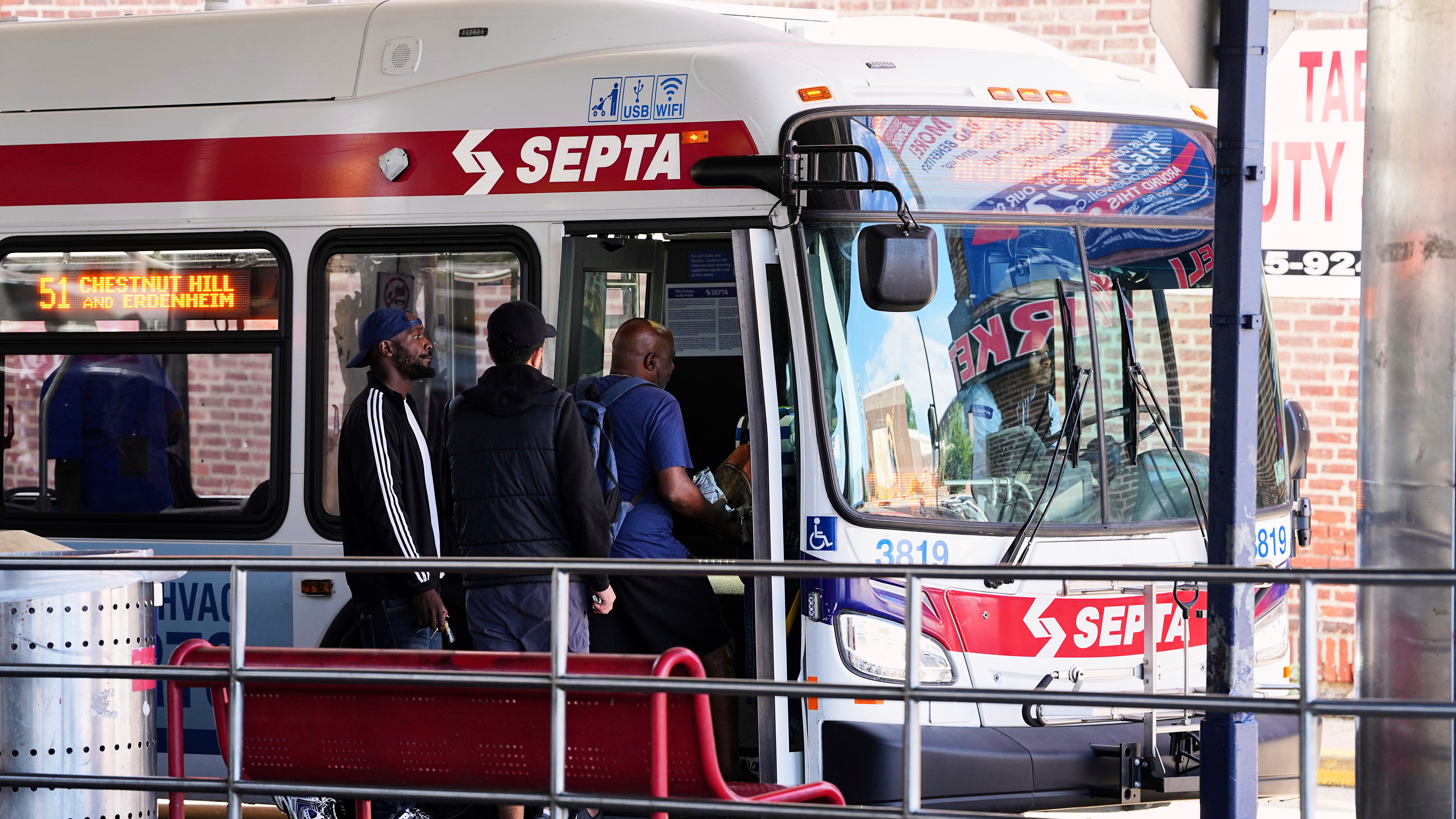Philadelphia’s transit authority, SEPTA, is trimming services to cope with surging costs and dwindling ridership. Experts warn that these cuts could foreshadow a nationwide trend if other U.S. agencies face similar economic pressures.
Philadelphia’s mass transit cuts foreshadow possible similar moves by other agencies across US

Key Takeaways:
- Philadelphia’s mass transit cuts could set a precedent for other U.S. cities.
- SEPTA faces challenges from rising costs and lagging ridership.
- The agency’s situation underscores broader financial strains on public transportation.
- Looming cuts raise concern for commuters across the nation.
- Transit leaders in other major cities are monitoring Philadelphia’s moves closely.
Introduction
Philadelphia’s Southeastern Pennsylvania Transportation Authority (SEPTA) has announced notable service cuts that many observers fear could become a harbinger of similar decisions nationwide. As transit agencies across the United States grapple with budget shortfalls, SEPTA’s move shines a spotlight on the critical financial hurdles facing mass transit today.
Background on SEPTA
SEPTA is a cornerstone of daily life in Philadelphia, offering rail, bus, and trolley services throughout the region. For decades, it has provided an essential network that supports commuters, visitors, and businesses. Yet, like many urban transit operations, SEPTA has recently experienced a prolonged dip in ridership. Officials cite post-pandemic shifts in travel habits and increased work-from-home trends, which have directly affected fare revenue.
Financial Challenges
The most pressing challenges for SEPTA stem from its rising operating costs and declining ridership numbers. The economics of public transit rely heavily on fares, government subsidies, and a robust community of daily commuters. With fewer passengers on trains and buses, revenue has fallen short of projections, while inflation and other cost factors push operational expenses upward. This delicate financial balance has pushed the agency to consider service cuts as a necessary—if undesirable—measure.
Possible Nationwide Impact
Philadelphia’s situation resonates beyond state lines. Observers from other major cities are assessing their budgets and ridership levels to determine if they, too, must trim routes or reduce schedules. Experts warn that as costs continue to climb, similar cutbacks could be seen across the country. While each city’s transit network has its own financial structure and ridership base, the underlying economic threads are troublingly similar.
Conclusion
For Philadelphia, the choice to scale back services is a pragmatic response to mounting budgetary constraints. Still, it raises difficult questions about the future of American mass transit. If the trend of lower ridership and higher costs continues, SEPTA’s decision may mark the start of a wave of nationwide cuts. Communities and transit authorities across the U.S. will be watching closely to see how these changes unfold—and whether they can find a sustainable path forward.











